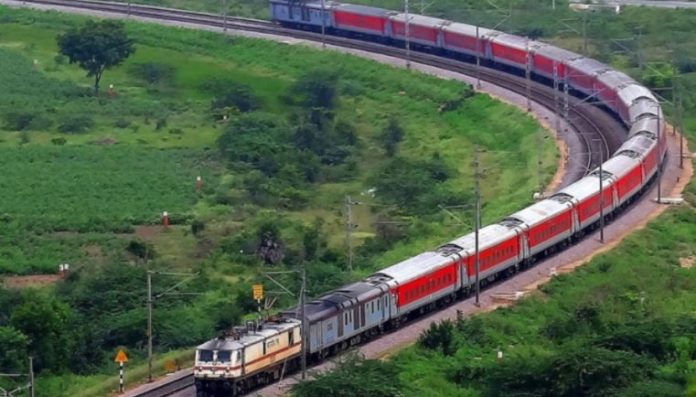Indian Railways has implemented zero-based timetable from 1 December 2020 across the country. Due to the implementation of this timetable, there have been changes in the timing of trains on a large scale. In such a situation, if you are planning to travel by train, then definitely check the timing of your car. You can visit the railway website www.indianrail.gov.in or NTES (National Train Inquiry System) to check the timing of the train.
What is zero based time table zero based time table
When creating a zero-based timetable time table, it is assumed that there is no train on the track. Each train is given time like a new train. In this way, the running time of all trains is decided one by one. This gives the time for each train to run and stop at any stoppages, care is taken that the train is neither late due to any other train nor affects any other train. Railways have prepared this timetable by getting experts from IIT-Bombay (IIT-Bombay). Work began on this during the nationwide lockdown.
Timetable arrives in July usually arrives in July
Generally, the new time table of the railway is applicable in July. This year it could not be implemented due to Corona crisis. Every year many new trains are started, which have to be given place in the railway time table next year. That is why a new timetable is needed every year. However, there is a slight difference in the new time table. Some of the trains are timed 5 minutes to 15 minutes forward or backward.
Speed of trains will increase
The cancellation of trains without demand and reducing the stoppages of some trains will now increase the speed of many trains. In the new time table, some mail / express trains will also be given the rating of superfast trains. Let us tell you that superfast trains are those, whose average speed is more than 55 kilometers per hour. This will also increase the income of the Railways in the form of superfast charge.
10 thousand stops reduced 10 thousand stops reduced
Most of the 10,000 stops which are being closed are of slow-moving passenger trains. For passenger trains in which at least 50 passengers ascend or disembark at a halt station, the stoppage will not be terminated. In the new timetable, trains in which less than 50 per cent of the passengers travel throughout the year will be terminated and the passengers of those trains will be given as a second train option already running. Long distance trains will get stoppages only if a major station falls on the way, otherwise there will be no stoppage for 200 kilometers.
Earnings will increase earnings
Railways is working on zero-based timetable and officials believe that this will increase railway earnings by Rs 1,500 crore annually, without increasing the fare. Railways will increase the number of goods trains by getting space in zero base timetables. In the new timetable, 15 percent more goods trains have been made to run on high-speed corridors. The average speed of passenger trains in the entire network can increase by about 10 percent.




